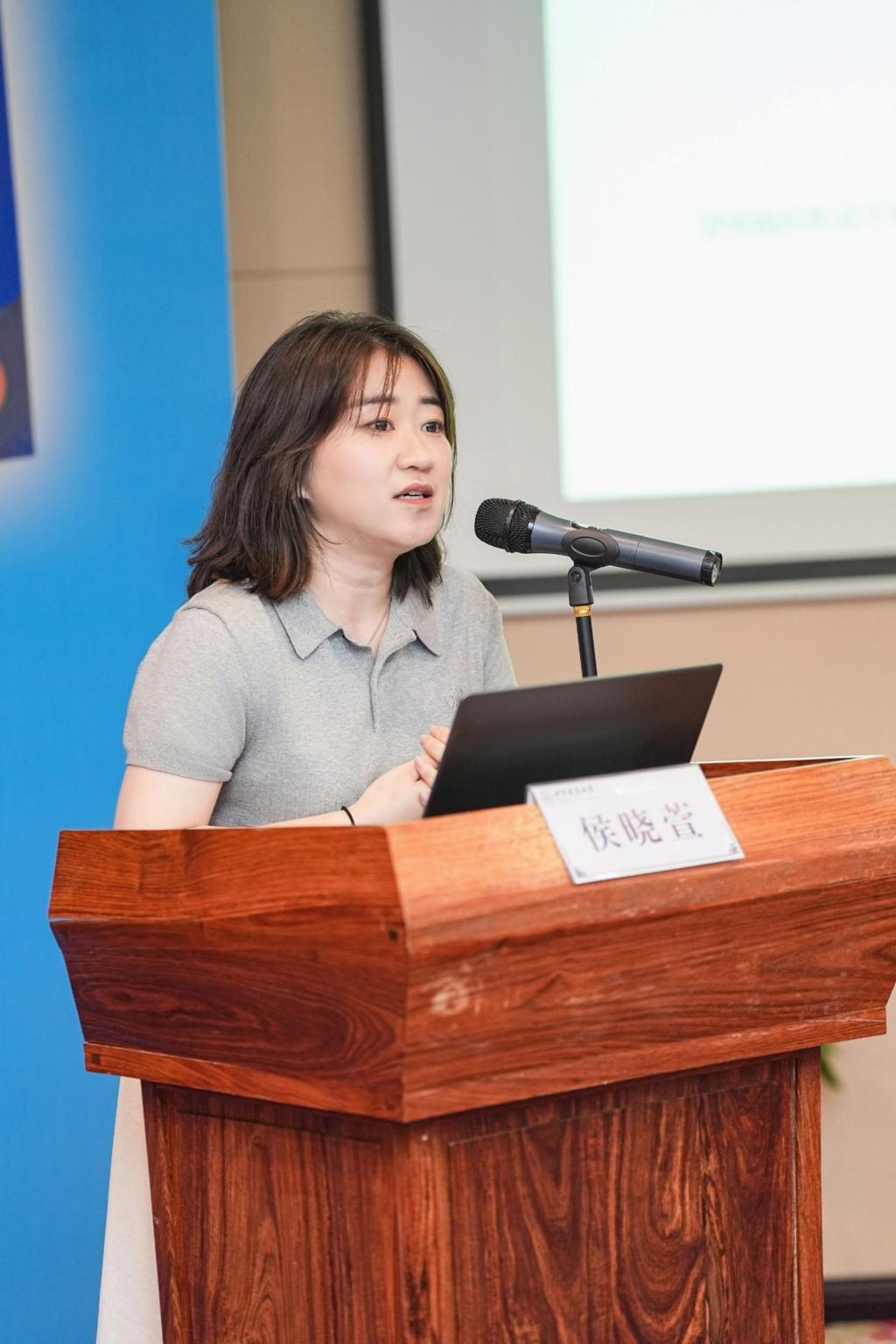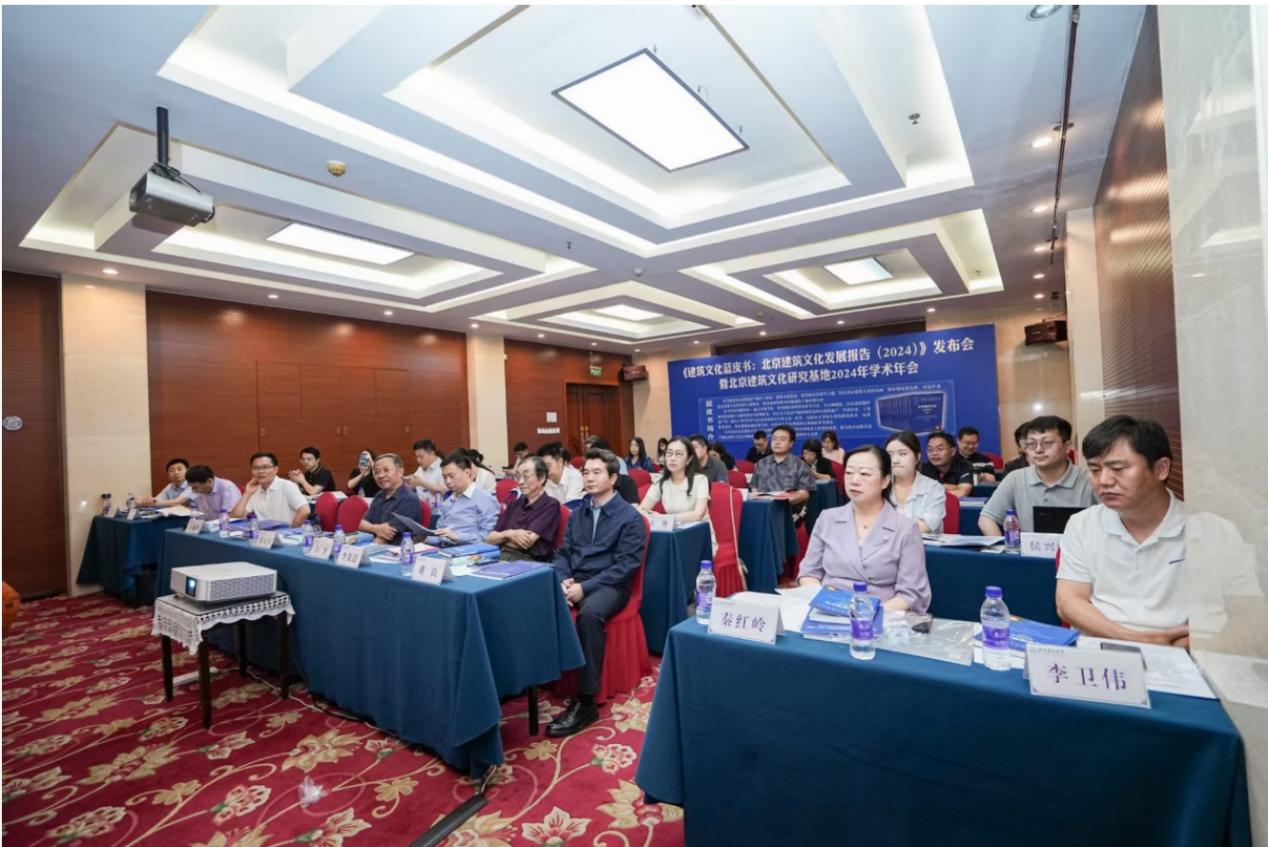Recently, Hou Xiaoxuan, a young faculty member from the School of Urban Construction at Beijing City University, was invited to attend the release ceremony of the Blue Book of Architectural Culture: Beijing Architectural Culture Development Report (2024) and the Academic Annual Conference of the Beijing Architectural Culture Research Base. As a main contributor, she delivered a keynote presentation at the event.

In her presentation titled Research on the Conservation and Utilization of Beijing Altar Architecture, Hou focused on the Ming and Qing imperial altar-temple complexes. Through analysis of spatial location characteristics and courtyard layouts, she revealed the cultural value core of these structures, which reflects the concept of "harmony between nature and humanity." She emphasized that Beijing’s altar system represents the largest and most completely preserved ritual architectural complex coexisting with an ancient capital in China. To enhance its preservation, she proposed establishing an integrated conservation framework, creating a multi-modal and high-precision digital archive, and developing a "Ritual Culture Exploration Route"—using technology to increase public awareness and engagement in cultural heritage.

The release ceremony and annual conference were hosted by Beijing University of Civil Engineering and Architecture and co-organized by the University’s Research Center for Architectural Culture and the Beijing Architectural Culture Research Base. Nearly 50 experts and scholars participated, systematically showcasing the achievements of the Blue Book of Architectural Culture series. The in-depth involvement of BCU’s faculty contributes to the integration of academic innovation and educational practice, injecting new momentum into the cultivation of urban planning and construction talents with a sense of cultural heritage mission.
